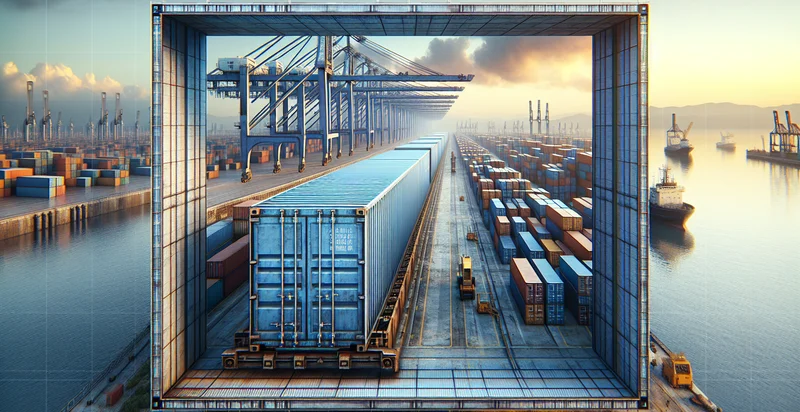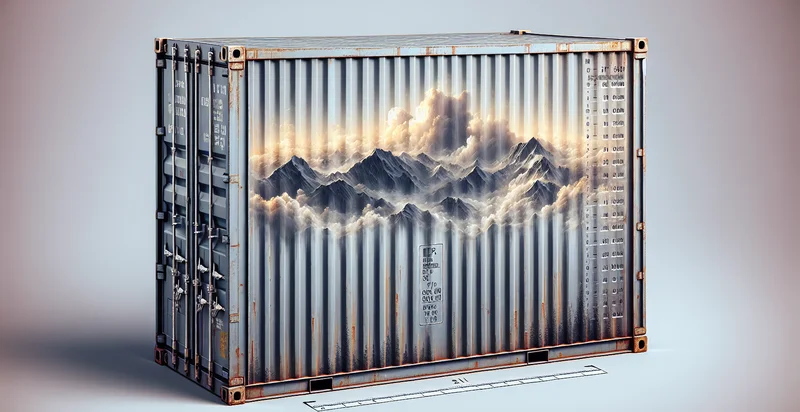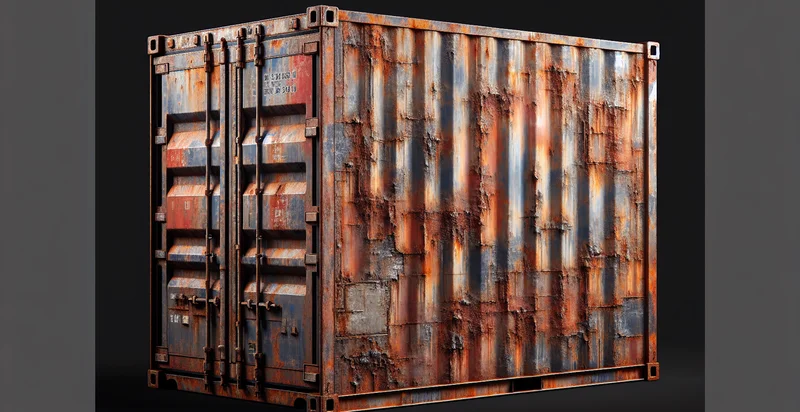Identify width of shipping container in feet
using AI
Below is a free classifier to identify width of shipping container in feet. Just upload your image, and our AI will predict the width of a shipping container in feet - in just seconds.

Contact us for API access
Or, use Nyckel to build highly-accurate custom classifiers in just minutes. No PhD required.
Get started
import nyckel
credentials = nyckel.Credentials("YOUR_CLIENT_ID", "YOUR_CLIENT_SECRET")
nyckel.invoke("width-of-shipping-container-in-feet", "your_image_url", credentials)
fetch('https://www.nyckel.com/v1/functions/width-of-shipping-container-in-feet/invoke', {
method: 'POST',
headers: {
'Authorization': 'Bearer ' + 'YOUR_BEARER_TOKEN',
'Content-Type': 'application/json',
},
body: JSON.stringify(
{"data": "your_image_url"}
)
})
.then(response => response.json())
.then(data => console.log(data));
curl -X POST \
-H "Content-Type: application/json" \
-H "Authorization: Bearer YOUR_BEARER_TOKEN" \
-d '{"data": "your_image_url"}' \
https://www.nyckel.com/v1/functions/width-of-shipping-container-in-feet/invoke
How this classifier works
To start, upload your image. Our AI tool will then predict the width of a shipping container in feet.
This pretrained image model uses a Nyckel-created dataset and has 12 labels, including 1-5 Feet, 10-15 Feet, 15-20 Feet, 20-25 Feet, 25-30 Feet, 30-35 Feet, 35-40 Feet, 40-45 Feet, 45-50 Feet and 5-10 Feet.
We'll also show a confidence score (the higher the number, the more confident the AI model is around the width of a shipping container in feet).
Whether you're just curious or building width of shipping container in feet detection into your application, we hope our classifier proves helpful.
Related Classifiers
Need to identify width of shipping container in feet at scale?
Get API or Zapier access to this classifier for free. It's perfect for:
- Container Dimension Verification: Logistic companies can utilize this function to verify the width of shipping containers during loading and unloading processes. By ensuring that container dimensions are within acceptable limits, operators can prevent logistical errors and improve overall efficiency.
- Warehouse Space Optimization: Warehouses can implement this classification function to assess the width of incoming containers and optimize storage plans accordingly. Accurate classification enables better space utilization and inventory management, helping to reduce costs and avoid overstocking.
- Freight Rate Evaluation: Shipping companies can use this function to classify container widths for accurate freight rate calculations. By having precise measurements, companies can provide more competitive and fair pricing, improving customer satisfaction.
- Regulatory Compliance Monitoring: This function can assist transport regulators in ensuring that shipping containers conform to industry standards for width. By verifying measurements, authorities can identify non-compliant containers and enforce regulations to enhance safety.
- Automated Quality Control: Manufacturing and assembly plants can integrate this classification function into their quality control processes. By automatically identifying deviations in container widths, companies can uphold product integrity and maintain consistent standards.
- Customs Documentation Accuracy: Freight forwarders can employ this function to ensure that container dimensions recorded for customs documentation are accurate. This reduces the risk of customs delays and fines, streamlining the import/export process.
- Environmental Impact Assessments: Companies involved in sustainability initiatives can use this classification function to evaluate the environmental impact of container transportation. By analyzing the width of containers and optimizing transport strategies, businesses can reduce carbon footprints associated with shipping logistics.


